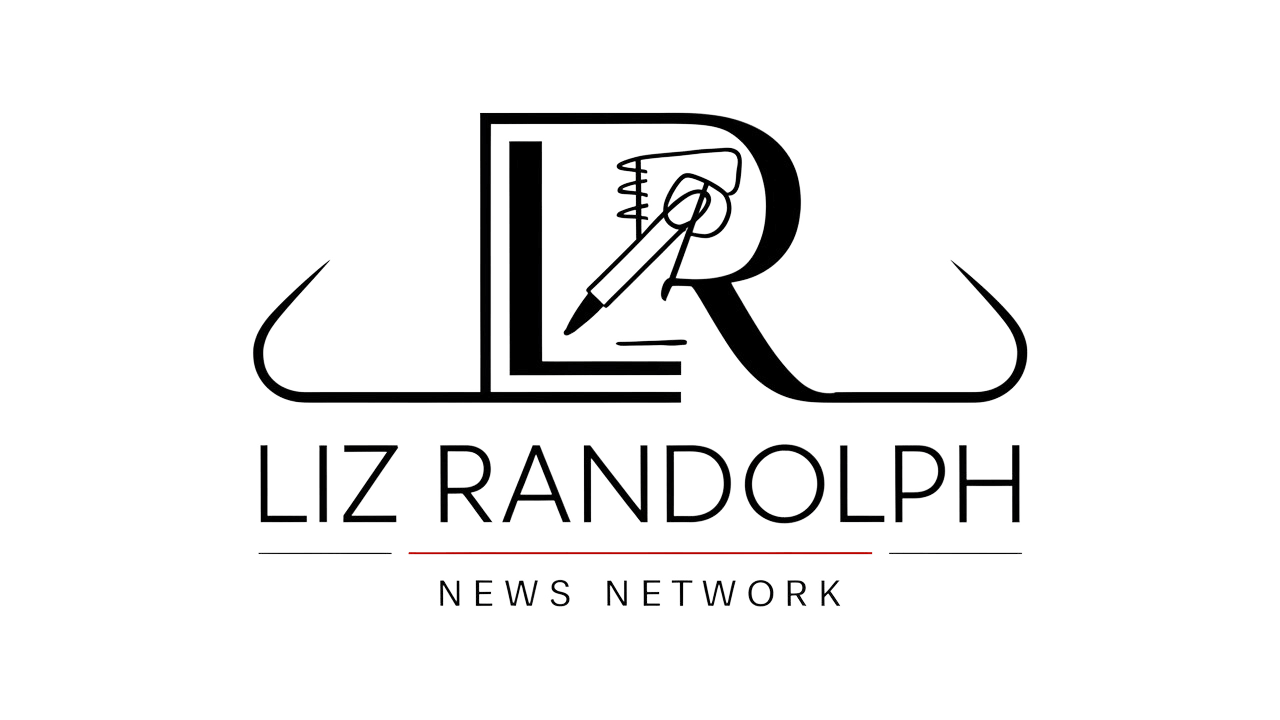
Understanding the world of bonds demands a keen awareness of the intricacies involved in these financial instruments. From the diverse array of bond types to the critical evaluation of risks and market indicators, successful bond investing hinges on a blend of knowledge and astute decision-making. As we explore the nuances of investing in bonds, we will uncover the essential factors that can shape your investment strategy and potentially pave the way for lucrative opportunities in the ever-evolving bond market landscape.
Types of Bonds
When considering investments, understanding the different types of bonds available is essential for making informed financial decisions. Corporate bonds are debt securities issued by companies looking to raise capital for various purposes. Municipal bonds, on the other hand, are issued by local governments to fund public projects and services. Treasury bonds, backed by the U.S. government, are widely considered risk-free investments due to the government's backing. Revenue bonds, in contrast, are tied to specific projects or facilities and are repaid using the income generated by those ventures.
Each type of bond caters to different risk profiles and investment objectives. Corporate bonds may offer higher yields but come with increased risk compared to Treasury bonds. Municipal bonds provide tax advantages and support local initiatives. Understanding the nature of each bond type can help investors align their investment strategies with their financial goals and risk tolerance levels effectively.
Risks Associated With Bonds
Understanding the risks associated with bonds is essential for investors in making informed decisions. Among these risks are bond default risk, where the issuer might fail to make payments, and interest rate risk, which can impact bond prices negatively. By being aware of these risks, investors can better assess and manage their bond investments.
Bond Default Risk
Bond default risk is a crucial aspect for investors evaluating bond investments as it relates to the issuer's ability to make interest payments and repay the principal amount. Credit rating agencies such as S&P, Moody's, and Fitch evaluate bond default risk based on the issuer's creditworthiness. High-yield or junk bonds carry higher default risk due to their lower credit ratings. To assess potential losses, investors should carefully evaluate bond investments and consider diversifying their bond holdings across different issuers and bond types to mitigate default risk. By understanding the risks associated with bond default, investors can make more informed decisions to protect their investments.
| Factors to Consider for Bond Default Risk | ||
|---|---|---|
| Credit Rating Agencies | High-Yield Bonds | Junk Bonds |
| Issuer Creditworthiness | Lower Credit Ratings | Mitigate Default Risk |
| Assess Bond Investments | Diversifying Bond Holdings | Manage Potential Losses |
Interest Rate Risk
With the potential impact of interest rate changes on bond investments in mind, investors must be vigilant in evaluating and managing interest rate risk within their portfolios. When interest rates rise, bond prices fall, leading to market value decreases for existing bonds. This risk is particularly significant for bonds with longer maturities compared to short-term bonds. Understanding the relationship between interest rates and bond prices is essential for effective portfolio management. Investors should assess how higher interest rates can affect their bond holdings, impacting both the price and income generated from these investments. By acknowledging and preparing for interest rate risk, investors can make informed decisions when investing in government or corporate bonds.
Understanding Bond Ratings
Understanding bond ratings is essential for investors as they provide valuable insights into the creditworthiness of bond issuers. Rating agencies play a pivotal role in assigning these ratings, which directly impact the pricing of bonds in the market. By comprehending the significance of these ratings, investors can better assess the risks associated with different fixed-income securities.
Rating Agencies' Role
Rating agencies such as S&P, Moody's, and Fitch play a crucial role in evaluating the credit quality of bond issuers through the assignment of bond ratings. These ratings, ranging from AAA to D, help investors assess the credit risk associated with bond investments. Bonds rated BBB or higher are considered investment grade, indicating lower default risk. On the other hand, bonds rated below BBB, known as speculative or junk bonds, offer higher yields but come with increased default risk. Understanding these bond ratings is essential for effective risk assessment and management in bond investing. By relying on the expertise of rating agencies, investors can make informed decisions to balance risk and return in their investment portfolios.
Impact on Pricing
Bond ratings play a significant role in influencing the pricing of bonds in the market, particularly with higher-rated bonds generally commanding higher prices. These ratings, such as AAA or BB, assess credit quality and help investors gauge default risk. Higher-rated bonds typically offer lower yields due to their lower risk of default. Understanding bond ratings is essential for making informed investment decisions, as they directly impact bond pricing. Investors rely on ratings from agencies like S&P, Moody's, and Fitch to determine the market prices of bonds. By comprehending the relationship between bond ratings and pricing, investors can make strategic investment decisions that align with their risk tolerance and financial goals.
Bond Yields and Interest Payments
When pondering bond investments, it is vital to grasp the significance of bond yields and interest payments in evaluating potential returns and cash flows. Bond yields represent the annual return on a bond, calculated as a percentage of the bond's face value. Interest payments, known as coupon payments, are typically made semi-annually or annually to bondholders. Yield to maturity (YTM) reflects the total return an investor can expect if the bond is held until maturity, considering both interest payments and price changes. Higher coupon rates lead to increased interest payments to bondholders, influencing the overall yield of the bond. Understanding these concepts is essential for gauging the potential returns and cash flows associated with bond investments. Investors seeking control over their investments should pay close attention to bond yields, interest payments, and factors like coupon rates to make informed decisions about their investment portfolio.
Investing in Corporate Bonds
Considering the potential for enhanced yields and diversification, investing in corporate bonds can provide investors with opportunities to gain exposure to various sectors in the market. Corporate bonds are debt securities issued by corporations to raise capital for different purposes. Here are some key points to keep in mind when investing in corporate bonds:
- Corporate bonds offer higher yields compared to government bonds but entail higher credit risk.
- Credit ratings provided by agencies like S&P, Moody's, and Fitch are essential in evaluating the creditworthiness of corporate bonds.
- Understanding the financial health of the issuing company is vital before investing in corporate bonds.
Investors should carefully assess the credit ratings, interest payments, and the principal amount to make informed decisions when delving into corporate bonds. By understanding these factors and conducting thorough research, investors can navigate the corporate bond market with more control and confidence.
Bond Market Dynamics
Understanding the interplay between market forces and economic indicators is essential for grasping the intricate dynamics of the bond market. Bond prices exhibit an inverse relationship with interest rate movements; they rise as interest rates fall. This relationship underscores the importance of comprehending bond market dynamics to make informed investment decisions. The value of bonds in the secondary market is influenced by price and yield, ultimately impacting investor returns. Market participation in the bond market can occur through public exchanges or over-the-counter trading, providing investors with various avenues to engage with bonds. Moreover, in a declining interest rate environment, bonds tend to become more valuable, potentially offering investors capital gains. By staying abreast of bond market fluctuations and understanding the factors driving them, investors can navigate the market effectively and work to optimize their investment portfolios.
Frequently Asked Questions
What to Know When Investing in Bonds?
When investing in bonds, understanding key factors like bond maturity dates, credit ratings, and issuer track record is vital. It is important to assess your risk tolerance and avoid solely focusing on high yields. Additionally, considering macro-economic risks such as interest rate fluctuations is essential for a well-rounded investment strategy. By conducting thorough research and staying informed on market dynamics, investors can make informed decisions and build a balanced bond portfolio.
Should Beginners Invest in Bonds?
Beginners considering investing in bonds should weigh the benefits of lower risk compared to stocks and the steady income from fixed interest payments. Understanding bond basics like maturity, coupon payments, and risks is essential for informed decision-making. Bonds can enhance portfolio diversification and provide stability during market fluctuations. Seeking guidance from financial advisors can help beginners navigate the complexities of bond investments and make prudent choices aligned with their financial goals.
How Do You Successfully Invest in Bonds?
Successfully investing in bonds requires thorough research on credit ratings, diversification across bond types, and consideration of interest rate impacts. Aligning bond maturities with investment goals is essential. Monitoring market dynamics and economic conditions helps in making informed decisions. Stay informed to manage risks effectively and optimize returns. Prioritize knowledge and strategy to navigate the bond market successfully.
Do All Bonds Cost $1000 Once They Begin Trading?
Not all bonds cost $1,000 once they begin trading. Bond prices in the secondary market can fluctuate based on market demand, interest rate movements, and investor sentiment. This variability allows investors to buy bonds at prices that may differ from the $1,000 face value, presenting diverse investment opportunities and potential returns. Understanding these factors is essential for investors seeking to navigate the bond market effectively.
